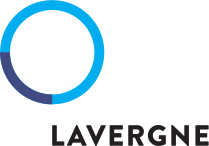It’s Time to Use Post-Consumer Recycled Plastics in Products
Samir Jaber
Post-consumer recycled plastic has been gaining prominence when it comes to sustainable materials selection. In the face of imminent environmental threats, the plastics industry is gradually being reshaped to consider environmental and economic sustainability. Plastic materials that are processed from post-consumer sources are now not only a necessity but a reality. So, how is this reshaping happening? What exactly is post-consumer recycled plastic? And where does this solution lead us to?
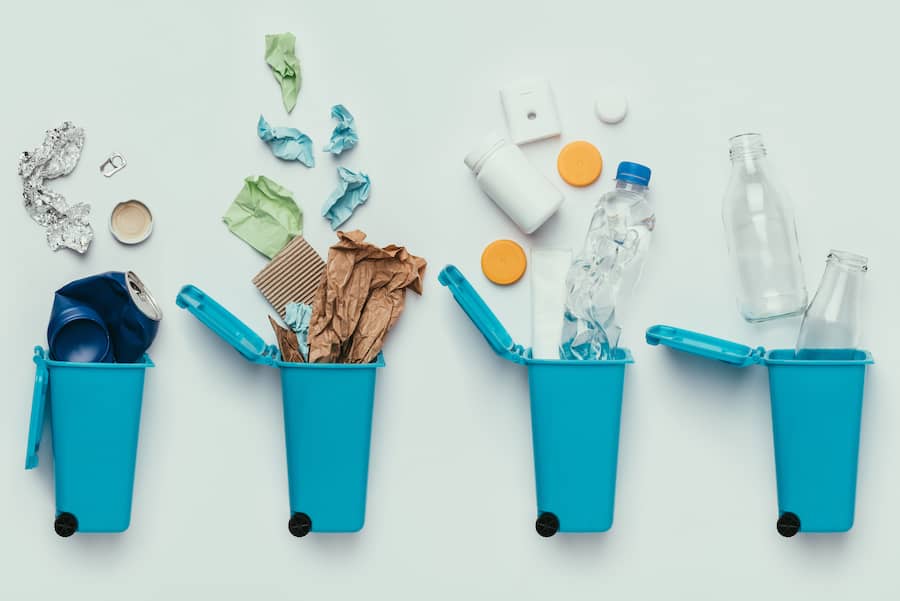
Figure 1. Post-consumer waste is, in general, non-homogeneous and varies in material, shape, size, and colour, which requires efficient separation.
The global waste crisis that we face today has required the development of a new paradigm in the value chain. This is represented in the plans aimed at transitioning from the traditional linear economy model to a circular economy. Due to its growing ramifications, the waste crisis requires that we move beyond small incremental improvements to constructing a bold systemic approach.
Today, research shows that over 150 million tonnes of plastic waste are found in the oceans, with the possibility of reaching more plastic, by weight, than fish by 2050. This is because plastic can stay intact in the waters for hundreds of years – and longer as microplastics – resulting in accumulation over time. Such an environmental crisis is a result of the increasing annual leakage of over 8 million tonnes of plastics into the ocean. This is equivalent to a garbage truck unloading its contents into the waters every minute. Experts estimate that if no major action is taken, it will rise to two per minute in the next ten years and double that in 30 years [1]. On land, a majority of the 8.3 billion tonnes of global plastic waste ever produced has ended up in landfills, exacerbating the plastic waste crisis. Not to mention the significant carbon footprint resulting from plastic production and its fossil-fuel origins [2]. So, where does this leave us?
The need to develop methodologies that can help achieve long-term sustainability, such as recycling and upcycling, is more crucial than ever. This requires thorough integration over the whole value chain. One visionary plastic producer that has committed itself to enabling companies to shift to circular plastics is Lavergne. This North American company creates high-quality post-consumer recycled (PCR) resins with a purpose to minimise the world’s reliance on virgin plastics. So, how do recycled and virgin plastic differ from one another?
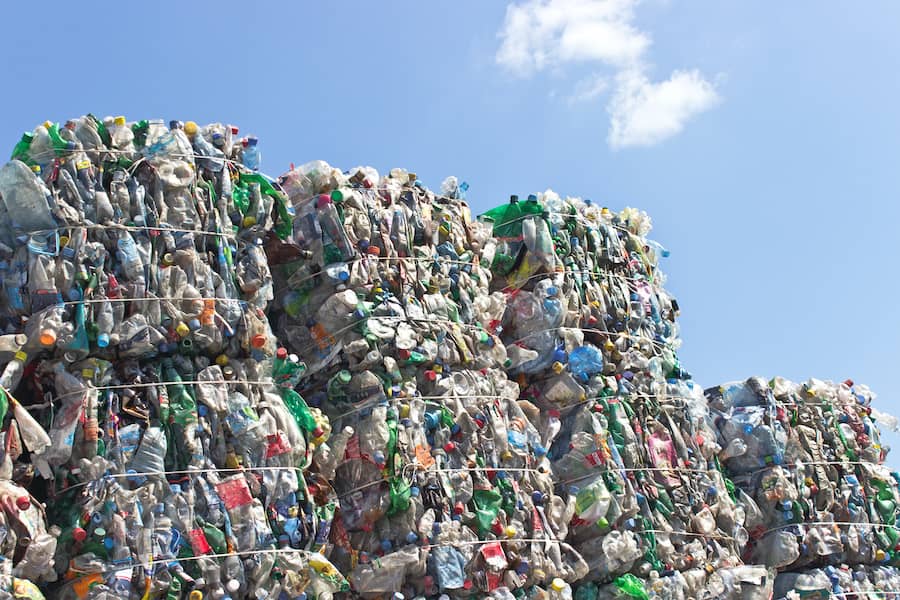
Figure 2. Stacks of collected plastic bottles prepared for recycling.
Virgin plastics vs recycled plastics
Virgin plastic is defined as the resin that is produced directly from unprocessed petrochemical feedstock. This includes crude oil and natural gas. In contrast, recycled plastic is made from material diverted from the solid waste stream. Recycled plastic can be either post-consumer (redirected after consumer use) or post-industrial (redirected after industrial use but before consumer use), depending on the stage at which the collection takes place.
Today, with energy demands plummeting in various industries, followed by the price of commodities, virgin plastic production has become cheaper. This renders the challenge to address its environmental impact more difficult, as product developers and producers may be inclined to utilise the currently less expensive option in virgin plastic as compared to recycled plastic. Such an activity may undermine the efforts to minimise the dependency on finite and nonrenewable natural resources. If the environmental impact is not appropriately tackled, we may reach what researchers at the Harvard Kennedy School called a ‘plastic pandemic’ [2].
Historically, virgin plastic has shown pricing instability. Since the early 20th century, plastic has been commonly produced via the extraction of natural resources, which made it highly dependent on oil prices. The unpredictability in the oil industry has led to volatility in the pricing of virgin plastic.
On the flip side, recycled plastic has demonstrated relatively high stability in pricing while providing significant environmental benefits. Lavergne, for instance, has established long-term relationships with plastic and IT recyclers to ensure a continuous supply of post-consumer plastics. So, its recycled products are not dependent on oil prices, but rather on the quality of the incoming feedstock and its in-house technology to separate, segregate, and clean the plastic. Such a change in feedstock and resources has allowed Lavergne to be independent of the unstable oil pricing.
Hence, whether at the level of plastic production or plastic disposal, closed-loop recycling has proven to be a highly effective and fundamental methodology for reducing your environmental impact.
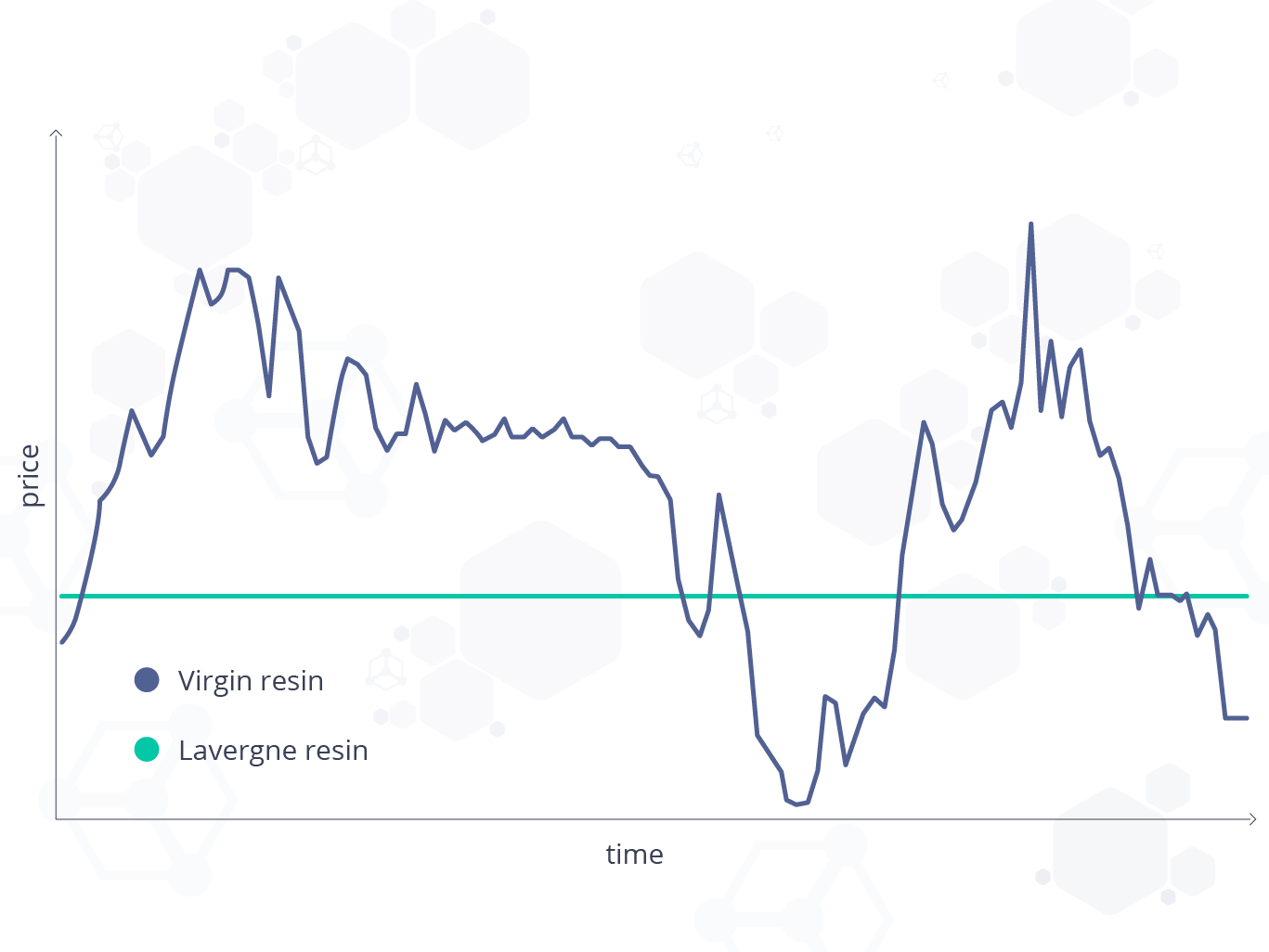
Figure 3. A representative graph showing the difference between Lavergne resin's price stability and virgin resins' volatility in pricing.
The hallmark of 100% PCR plastic
A plastic circular ecosystem is a structure where waste is reduced, emissions are minimised, and product value is captured and maintained. It is fundamentally based on customers returning their end-of-use products for recovery and recycling, recyclers dismantling products and separating plastics from other materials, and producers sorting and compounding the recycled resins to, then, be used as raw material back in the manufacturing of new products.
It is important to keep in mind that not all plastics are created equal – or used equally, for that matter. Plastic products vary in material properties, utilisation, longevity, and purity. This leads to plastic waste with high levels of inhomogeneity and a variety of form, shape, size, and colour. So, before plastics can be used as raw material, they must go through a process of sorting, cleaning, and recompounding.
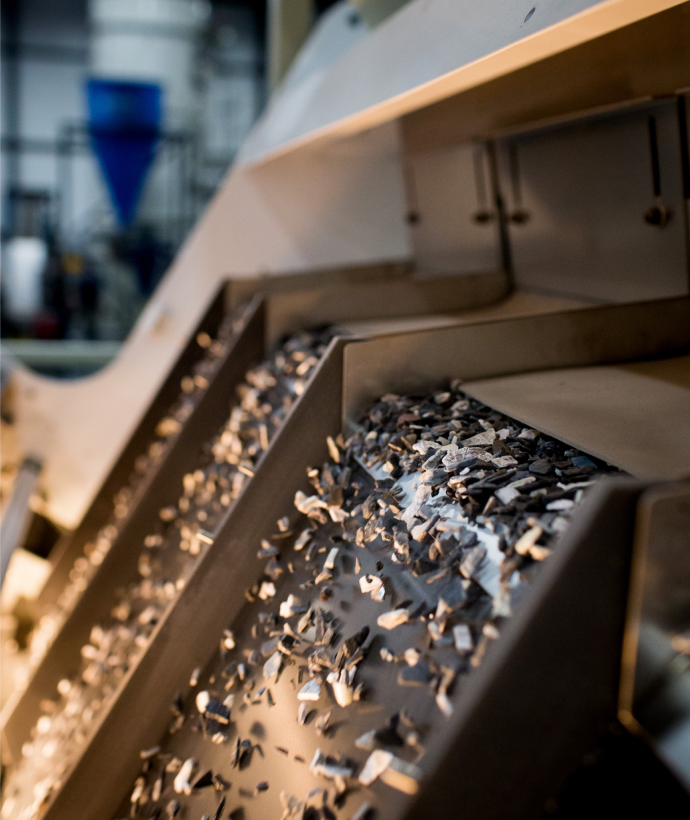
Figure 4. Feedstock sorting technologies to clean, separate and sort incoming materials. (Credit: Lavergne)
Plastics such as polyethylene terephthalate (PET), high-impact polystyrene (HIPS), polypropylene (PP), polycarbonate (PC), and acrylonitrile butadiene styrene (ABS), are all materials that can be reused from 100% PCR sources. Lavergne, again, fits perfectly into this context. With its mission to provide customers who are committed to sustainability a transition to circular plastics, Lavergne has established multiple proprietary technologies that enable it to offer products of 100% PCR base polymers, namely rPET, rHIPS, rPP, rPC, and rABS. Lavergne’s technologies allow for proper segregation, contaminant-removal, homogenisation, tailor-made formulation, and reactive compounding with what they call “Lavergne’s secret sauce”, which essentially builds back the molecular chain to its original state. This has brought about high-quality resins that are able to meet the same high-quality standards as virgin plastic, making Lavergne a company with which to partner in order to meet business and sustainability goals.
With its focus on maintaining a strong, collaborative relationship with its customers, alongside its stable pricing model, Lavergne is effectively reshaping the supply chain of plastics at scale. Its circular solution has benefited global corporations such as HP, Dyson, Cisco, and Keurig.
Lavergne’s approach to recycling has set a standard for how plastic sustainability should be aimed for and achieved. Today, Lavergne has teamed up with Matmatch to bring its recycled plastics, technologies, and expertise closer to engineers and product developers around the world. With its list of materials now digitised on Matmatch, users can easily search, compare, and examine the materials’ properties and sustainability features.
Visit the Lavergne supplier profile for more information and get in contact with them directly.
Artikel von <a href=/suppliers/lvgr-lavergne> Lavergne </a>Lavergne
Lavergne provides recycled resin that can be upcycled into new products.
